
Damares* (who asked not to use her last name to protect her privacy) stood in a deserted alley outside the Opportunity Center for the Homeless in El Paso, Texas, with tears in her eyes.
After presenting herself at an official port of entry, requesting asylum, and being held at a processing center for 12 days, her few days of freedom in the U.S. had yielded no respite.
Damares left her home country only to encounter exhausting days in the rainforest, where safety was not guaranteed—but extreme temperatures and sleepless nights were.

As a nonprofit journalism organization, we depend on your support to fund more than 170 reporting projects every year on critical global and local issues. Donate any amount today to become a Pulitzer Center Champion and receive exclusive benefits!
“It was a very ugly experience,” Damares said. “If you don’t carry any money, you run the risk that you are killed, that you are raped, that they take away your children,” the 23-year-old added in a shaky voice as a breeze blew her dark unruly hair around her face.
Damares is just one of many migrants entering the U.S. from the southern border in 2023, with two million having entered in 2022. Each person leaves their home country for reasons ranging from economic volatility to violence perpetrated by gangs and governments. Departure from such conditions only brings more hardship: a dangerous journey, the difficulty of seeking asylum, and the possibility of being rejected upon arrival at the U.S. border.
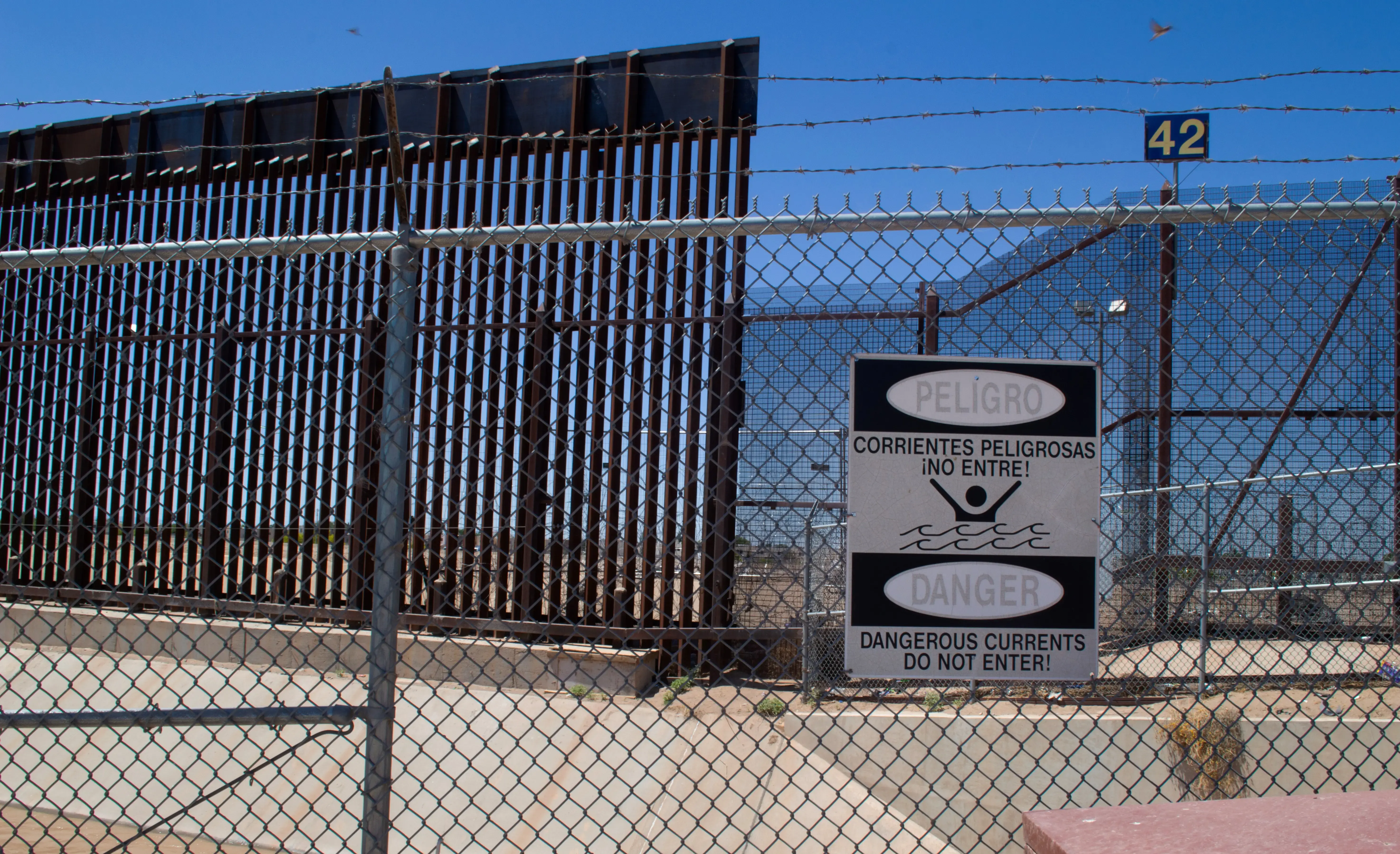
As migrants from South America cross the Darién Gap, a roadless jungle that connects Colombia and Panama, they traverse rainforests, mountains, and swamps. Along the way are corrupt police, robbers, and gangs, who often demand payment for passage. Many board “The Beast,” a freight train from southern Mexico to Ciudad Juárez, which borders El Paso.
Rodrigo Dominguez Villega, director of research for UCLA’s Latino Policy and Politics Institute, explained in a 2014 study that “beyond the dangers of the trains themselves, Central American migrants are subject to extortion and violence at the hands of the gangs and organized-crime groups that control the routes north.”
Damares said she wants to forget about her trying journey.
“I want to move on with my life—a new life,” Damares said. “I want to forget everything that has happened to start a new stage.”
Damares—originally from Venezuela—was initially hesitant to share information about herself and her journey. She was concerned for her safety and said she felt embarrassed to have left her family behind.
“I had to leave it all behind,” she said. “I am alone.”
Other migrants who landed in El Paso had also traveled solo.
Jose Lemos, a 52-year-old farmer from La Esperanza, Honduras, said he decided to come to the U.S. because it was too difficult to stay in Honduras.
“There are many gangs from the country, much poverty,” Lemos said. “You have to always try just to survive. That’s why there are times that we do things like this.”
Lemos, who spoke in a strained voice as he looked down at his faded plaid shirt and calloused hands—a testament to a life working the land—said his Honduran city is riddled with violence.
“There is so much anguish,” he said. “At the same time, because there is no work, the youth get into gangs in order to survive.”
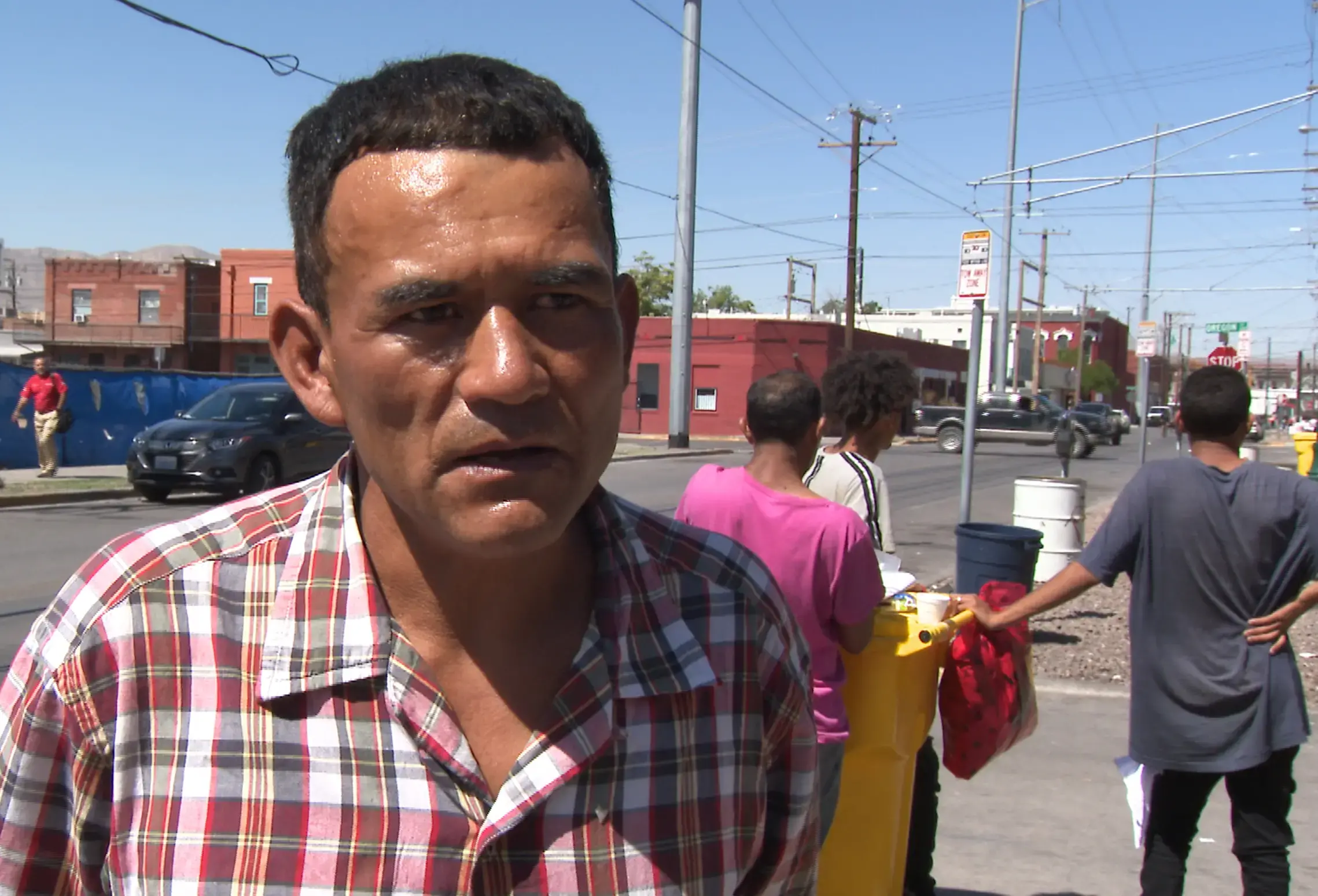
Elizabeth Kennedy, Central American monitor research director at the Washington Office on Latin America (WOLA) and DePaul Migration Collaborative Practitioner-in-Residence, has conducted research since 2013 with Central American migrants.
In one study in El Salvador, Kennedy found that 60% of children report violence as a reason for leaving their home country.
Kennedy said migrants often under-report the violence they face. In one interview, a Salvadoran boy in his late teens from a rural area of The San Vicente department, told her one boy had been killed that year. Kennedy said, “‘Es tranquilo [“quiet”], es tranquilo,’ they say, and I did a systematic search of the press [in 2017] and found that nine boys had been murdered that year—by death squads, not gangs.” She said the murders were of adolescent boys and youth ages 14 to 26.
Lemos said the violence in La Esperanza is committed by myriad actors.
“Gangs and the government,” he said. “The governments are corrupt and we can’t overcome them.”
He said there is little individuals can do to defend against violence and power. “We live in very poor countries,” Lemos said. “There is nowhere to draw on—it is not like the United States.”
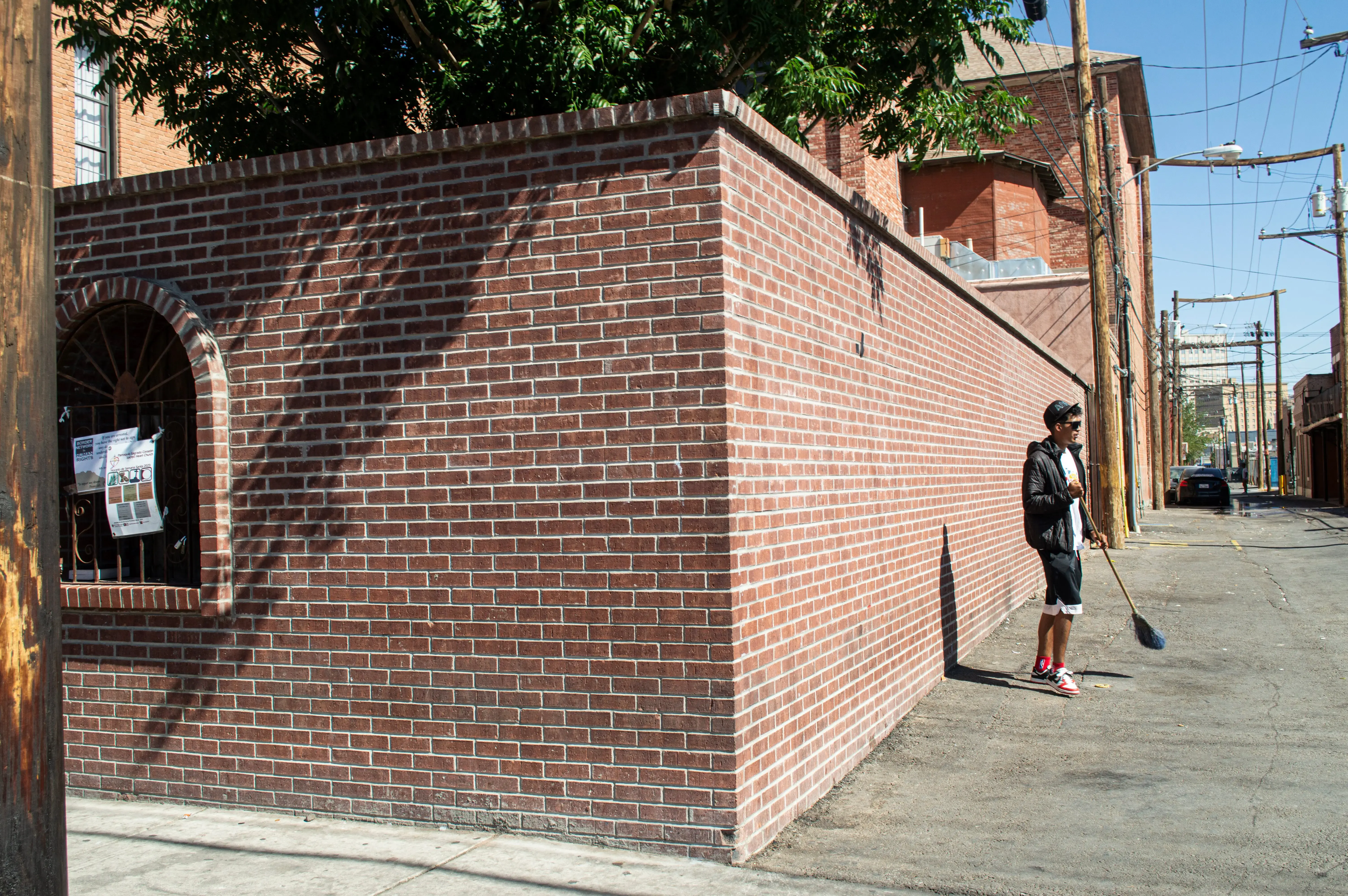
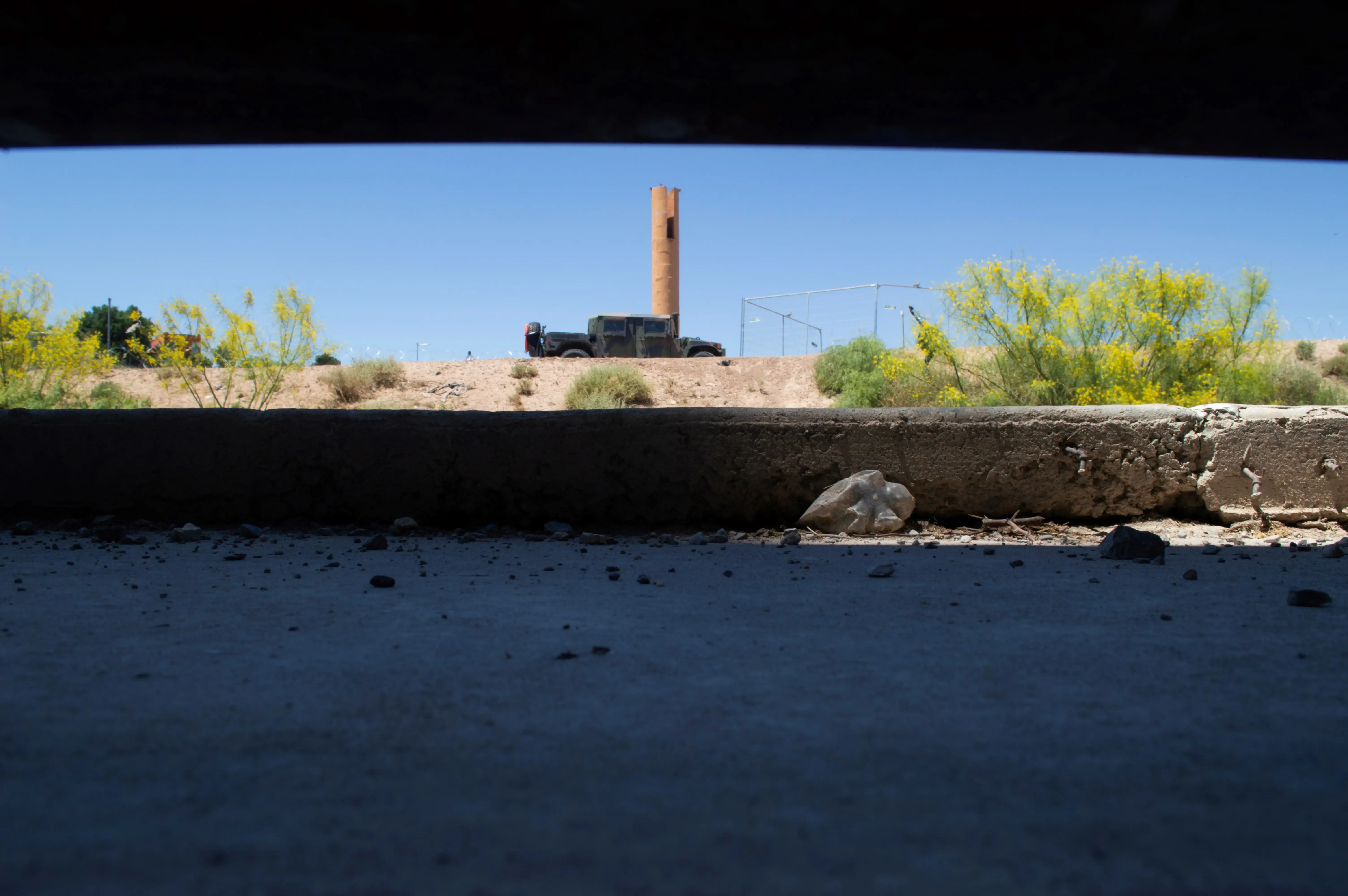
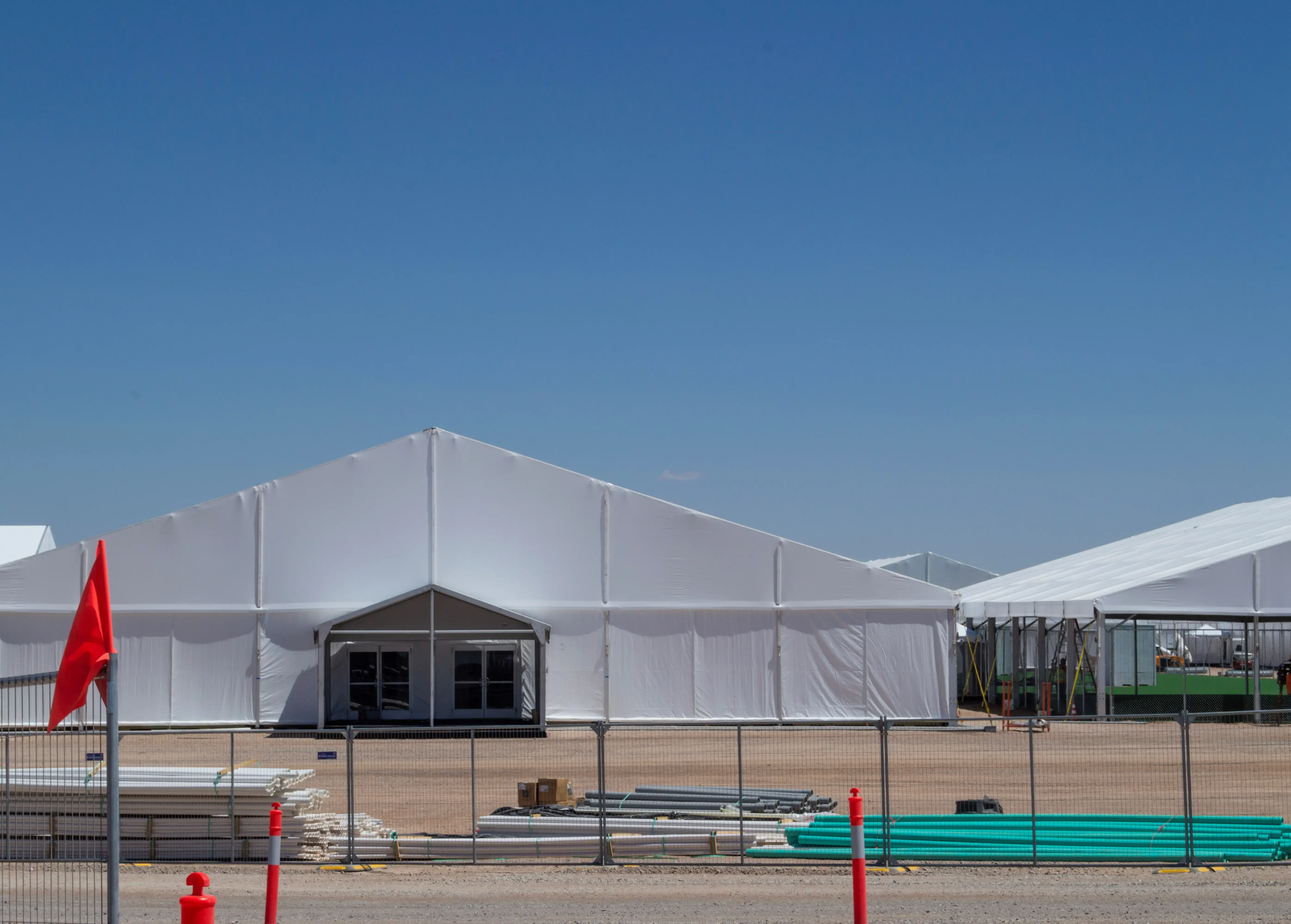
Mary Bull, an 11-year volunteer and house coordinator at Annunciation House—a Catholic nonprofit shelter in El Paso—said she has witnessed Central and South American migrants who flee to the U.S. after having thought they would not be affected by violence in their home countries.
“They wait and don’t necessarily believe it’s going to happen,” Bull said. “Then they [the government] kill someone and they realize they have to leave.”
For Central American migrants who escape such violence, the struggle only continues after crossing the U.S. southern border.
Kennedy said the U.S. government rarely recognizes Central American migrants as refugees, thus limiting legal opportunities to enter the U.S.
“The U.S. loves to focus on the dangers of migrating [illegally], yet the U.S. does not offer legal options for people to migrate,” she said.
Kennedy said the U.S. often acknowledges only economic motives for migration.
“The problem is, they are going for economic reasons as well,” she said. “But as long as there’s an element of persecution for one of the protected grounds, that does mean a person is entitled to asylum.”
However, asylum is not often granted in the U.S. According to the Transactional Records Clearing House (TRAC) Center for Immigration Studies, 71% of asylum cases were denied in 2020 and 63% were denied in 2021.
Recent policy changes have made it more difficult for Latin American migrants to obtain asylum in the U.S.: Non-Mexican migrants must demonstrate they have applied for and been denied asylum in a third country before applying for asylum in the U.S.
Applying for asylum is sometimes yet another trial the migrants must face. After leaving dangerous neighborhoods, they continue to suffer from violence throughout the often months-long journey to the U.S. southern border. It may not be the last trial, given all the challenges facing migrants after arrival on American soil.
Cartels and gangs pose threats of kidnapping, rape, and robbery along the way—especially in the Darién Gap and throughout Mexico.
Lemos said he encountered drug traffickers and various gangs during his ride on the train. “Mexico was a very hard country,” he said. “The mobs tried to kill us.”
Damares, who also passed through Central America and Mexico on her way to the U.S., said she felt helpless throughout the journey.
“If violence came, we were foreigners,” she said. “We could do absolutely nothing in that country.”
Damares said that while it was a near-impossible trip, she was aided by new people along the way, including her “travel family” and others who provided food, lodging, and money for passage.
“We found a lot of bad people on our journey,” Damares said. “But there were as many good people as bad people.”
Though she said she and her travel family were robbed in Nicaragua and Guatemala by police, Joseph Guzmán, one of the people Damares traveled with, said they were welcomed in Costa Rica and able to pass relatively easily through the country.
“People received us well,” Guzmán said. “The border was large and open.”
After being processed in the U.S., migrants are often released into border cities with only their hopes and whatever money—if any—remains.
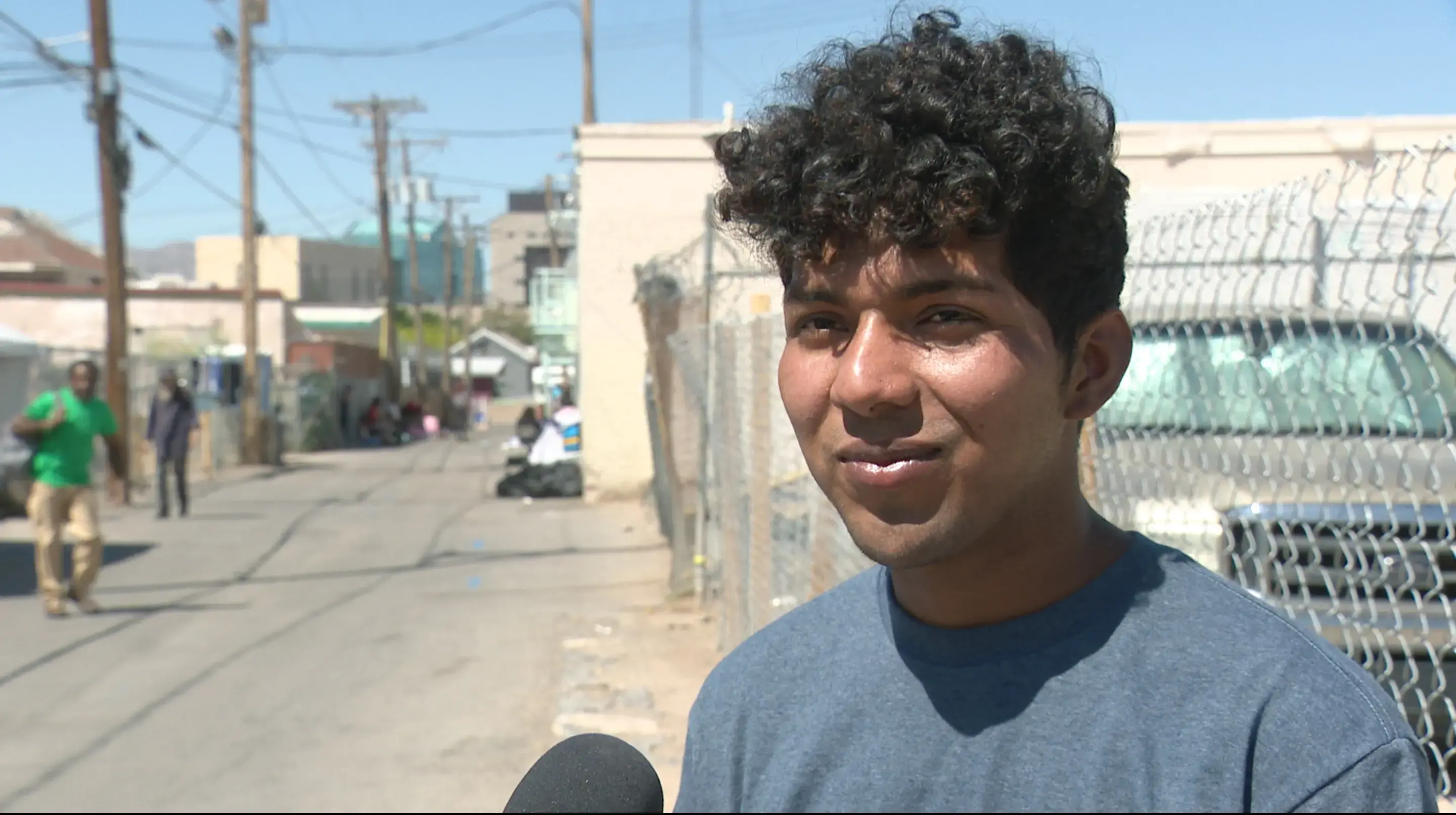
Guzmán reached El Paso in mid-May with his travel family. After a week in El Paso, they were able to get tickets to Denver.
“The trip was exhausting since we only had tickets and we had not eaten anything all day,” Guzmán later wrote in a direct message on Instagram.
After Denver, Guzmán, Damares, and others in the travel family made their way to New York, where they were given shelter in a hotel.
“We stayed for several days there, eating in the shelter since it was very difficult for us to get a job, not only because of the papers, but also because of the language that was very difficult for us and complicated to understand,” Guzmán wrote.
According to Guzmán, his younger brothers started school in New York. After 10 days, Guzmán found a job in Alabama and moved there.
Guzmán wrote he is glad to have a job, especially since it was difficult to find one in New York with so many migrants there.
“Here in Alabama things have gone very well for me, thank God, and I have been able to help my family who are in New York at the moment,” he wrote.
Guzmán is continuing to learn English.
“Here my life has changed a lot. I have been learning English little by little and I can now communicate better,” Guzmán wrote. “We have become more accustomed to the environment that is totally different, but all for the better, and economically little by little we are moving forward.”
Instagram posts by Guzmán showed Damares in New York hoping to find a job and housing so Damares’s mother could soon follow.
Lemos, who has already been released into El Paso, planned to take a bus to Las Cruces, New Mexico, and travel from there to Columbus, Ohio, where some of his relatives live.
“It is not a movie, it is not a novel—this is real. It’s a sacrifice,” Lemos said. “But there is still more to overcome.”











